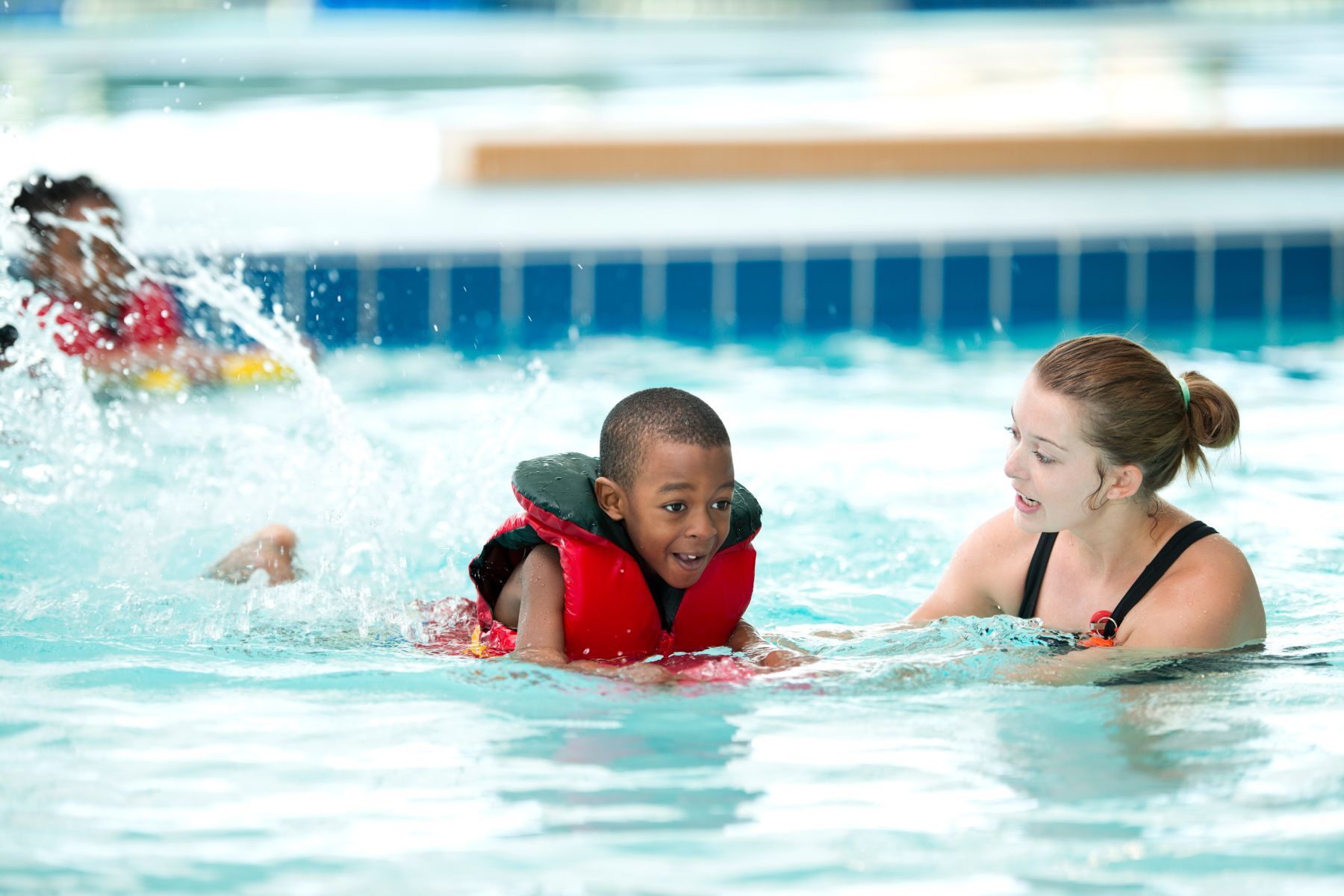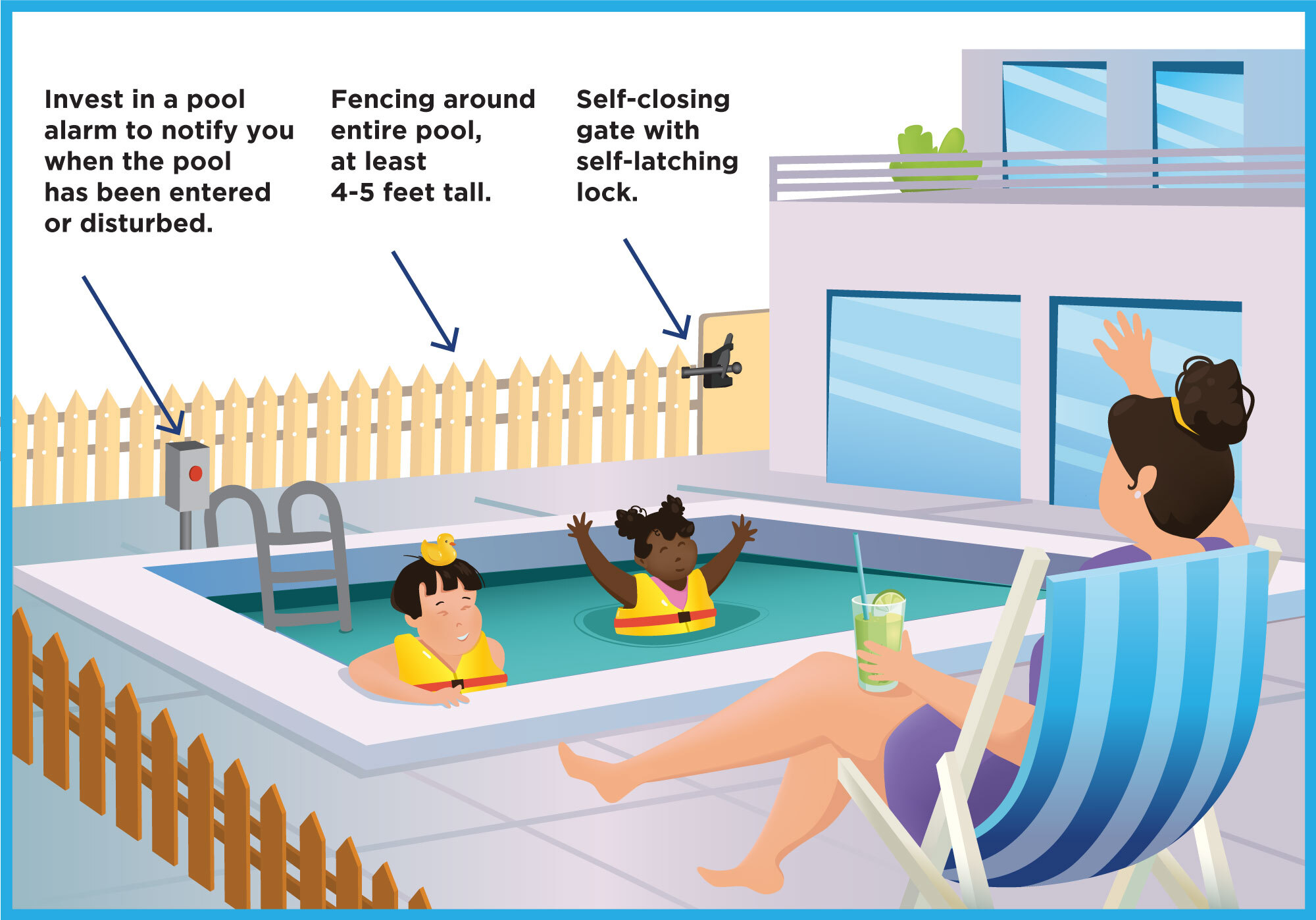
Top Pool Safety Tips For Your Home
- Designate an adult water watcher while your children play in the pool. Water watchers should maintain eye-to-eye contact and be free from distractions. This means no phones, reading, or partaking in activities that hinder the watcher’s ability to give the swimmer their undivided attention.
- Use a pool fence as a protective barrier. This is core to water safety as fences provide a physical layer of protection. Review your state’s pool fence regulations to ensure your pool is safe for your children!
- Invest in a pool alarm. This will alert you to any instance where your children may wander off a little too close to the pool.
- Stay informed on the wide range of pool barriers. Tune into our Outdoor Water Safety Equipment page for a breakdown on the barriers, fences, and sensors that keep your kids safe around your pool.
- Learn how to perform CPR. Starting CPR as soon as a person is rescued from the water can save their life. CPR is the most effective strategy to improve outcomes of drowning and is an especially impactful skill for ensuring summer swimming safety.
- Pool Drain Safety Tip 1: To prevent instances of drain entrapment, we recommend that all the adults in your household learn how to turn off electricity to the pool in case of emergencies.
- Pool Drain Safety Tip 2: We recommend that private pool owners follow public pool requirements set forth in the Virginia Graeme Baker Pool & Spa Safety Act, which requires at least two layers of protection.
Pool Safety Statistics and General Advice
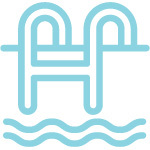
23% of child drownings happen during a family gathering near a pool
It’s especially dangerous for toddlers, as drowning is the leading cause of death for children up to 4 years old.
Review our toddler water safety advice for more information.

A four-sided isolation fence that separates the pool area from the house and yard reduces a child’s risk of drowning by 83%
Protective barriers are proven to work. See our guide on outdoor pool safety equipment for more details.

CPR saves lives
Starting CPR as soon as a person is rescued from the water can save their life. 45% of cardiac arrest victims survived when bystander CPR was administered.
For more information around CPR by age group, please see our General Water Safety FAQ.
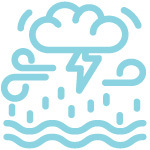
Prep for hurricane season
If you live in an area with frequent hurricanes, know that you should never empty your pool completely.
For more tips, see our emergency flood advice.
Additional Pool Safety Resources
Download Our Swim APP, created in partnership with the American Red Cross.
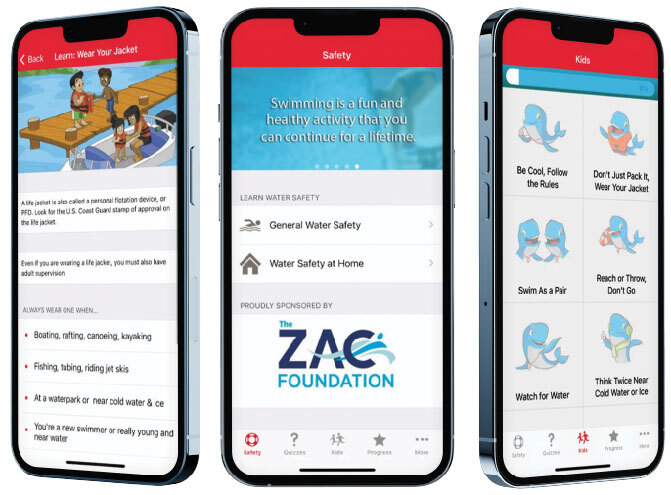
Advocating for Pool Safety across the U.S
We connected with Congresswoman Debbie Wasserman Schultz, US-Representative for Florida’s 23rd Congressional district, to discuss the efforts around improving Pool Safety across the country via federal legislation and public education.
Tune into our Podcast, Keeping Kids Safe, where our own Karen Cohn and Megan Ferraro interview folks across all Children’s safety industries to provide tips and recommendations around keeping our families safe.
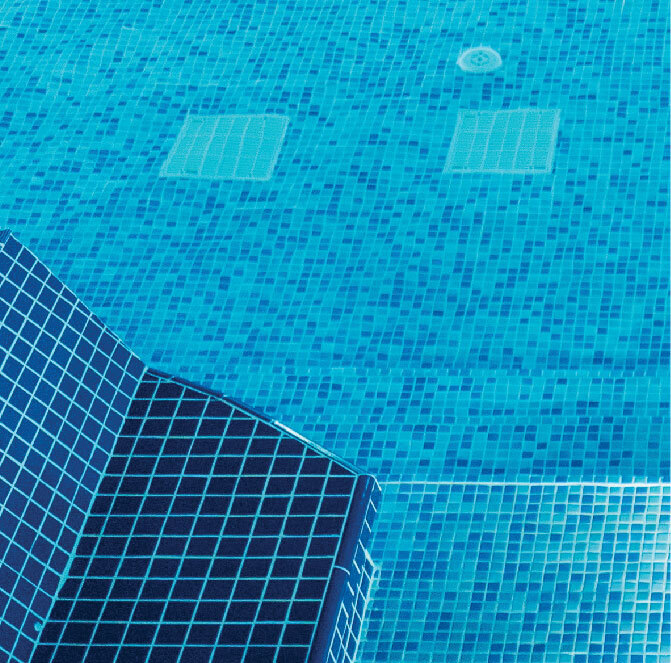
Pool Drain Safety Layers of Protection
- Dual drains
- Safety vacuum release system (SVRS)
- Suction-limiting vent system
- Gravity drainage system
- Automatic pump shut-off system
- Drain disablement
- Emergency pump shutoff system
- Anti-entrapment drain covers
- 4-sided fence with locking gate
- Emergency telephone and life preserver in the pool area
- Pool alarms on gates and doors leading to the pool area
- See our Pool Drain Safety page for more information.
Pool Safety 101
The ZAC Foundation was established to prepare children and families for a lifetime of water safety. The organization works to strengthen pool safety legislation and fund advocacy, education, and effective programming surrounding water safety. Zachary’s memory is the inspiration for the Foundation’s mission and activities.

